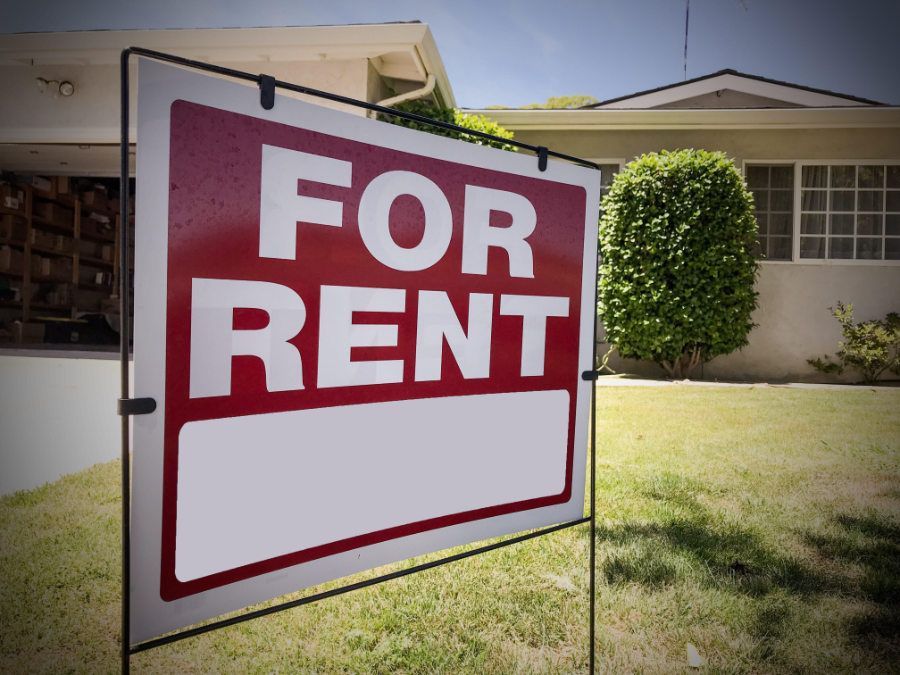What types of repairs can I expect to complete when a tenant leaves?
Dustin Edwards • August 14, 2020
Understanding what repairs could be needed can help you to properly maintain your rental

Owning a rental property means understanding that you will have repairs to do when a tenants’ lease period is up. The level of repairs you will have to make will certainly depend on the tenant. Completing these repairs in a timely manner will limit your time the property is vacant and maximize your property value. Today we have selected a few key areas that tend to be among the most common repair questions we receive when a property is vacant.
Painting a Property after a Tenant Leaves
When a tenant has been in a property for more than a few years it is nearly inevitable that you will need to repaint the property. This doesn’t necessarily mean that every room needs a complete repaint as there are times walls can be cleaned but keep in mind the following as you decide whether or not painting is the right decision.
- Amount of Patching - To truly feel like home most people will want to hang pictures on the wall which results in holes in the drywall that would need to be patched. If there were a considerable number of items on the wall, just patching or touch up paint could look odd and not help you to get the best possible rental amount.
- Smells - Whether it’s cooking, pet smells, or smoking (hopefully not) a fresh coat of paint can do wonders to help the next tenant understand how you treat the property. A fresh coat of paint offers that “new home feel” without bringing the property down to the studs.
Flooring for Your Long Beach Rental
There is no getting around the fact that flooring is one of the most widely needed fixes/replacement when a tenant vacates a property. It is an item that gets used daily and it is quite often in need of replacement. As you consider replacing your flooring, we invite you to consider the following:
- Carpet - Carpet is generally popular in bedrooms as it provides a bit of comfort but won’t experience as much wear as a living room. As you consider which carpet to replace in your rental, we challenge you to spend a bit of time to consider the padding. The right padding choice can help extend the life of your carpet and even provide a better experience for your tenants.
- Laminate Flooring - For many years laminate flooring would get a bad reputation and people would only consider wood flooring. While wood flooring can be nice for your primary residence it doesn’t always lend itself to the higher demands associated with a rental property. Laminate flooring can now be cost effective (i.e. less than $2 a foot without installation) and can have a warranty that lasts up to 30 years. With flooring that is highly water resistant and a long warranty period this is one of the items you can consider replacing your existing flooring with after a tenant vacates.
Faucets and any Connection Dealing with Water
Some people carefully turn on and turn off faucet handles while others are a bit tougher. With water damage posing one of the larger threats to a property a key item that often needs replacing is that of faucets and even
- Faucets - A leaky faucet can go from an annoyance to an expensive problem quickly. We have found that while you can often fix a faucet (if it is leaking), if a tenant has vacated it is often worth purchasing new faucets to ensure that your tenants enjoy a hassle free existence (and you can rest easier knowing it’s new).
- Laundry Supply Lines - We recommend having braided supply lines (vs. rubber) for your laundry unit. They have a longer lifespan and hold up to the rigors of high usage. If you have had rubber hose supply lines in your rental in the past be prepared to swap them out with braided lines when your tenant vacates.
When it comes to repairs after a tenant vacates these are just a few of the top items we encounter. To help you determine what repairs could be needed for your Long Beach Rental we invite you to call us today at (562) 888-0247. Or if you prefer a complete evaluation of your property we invite you to fill out our Free Rental Analysis.





